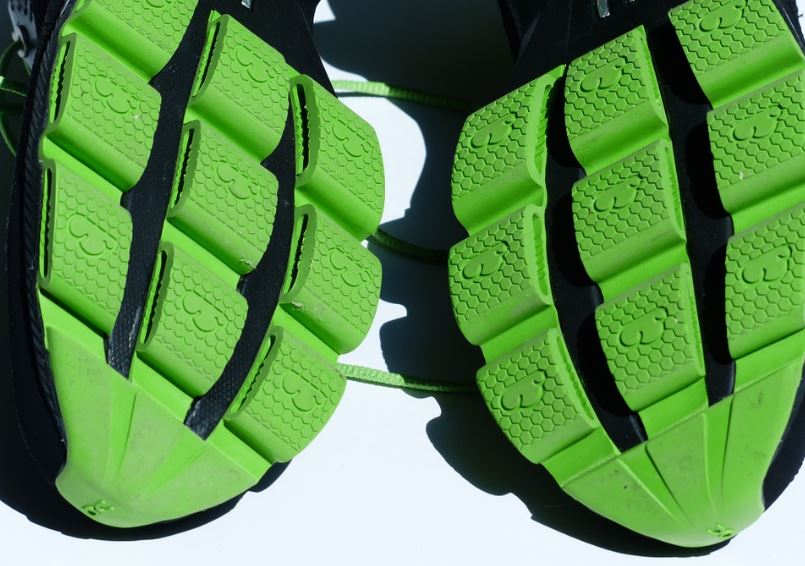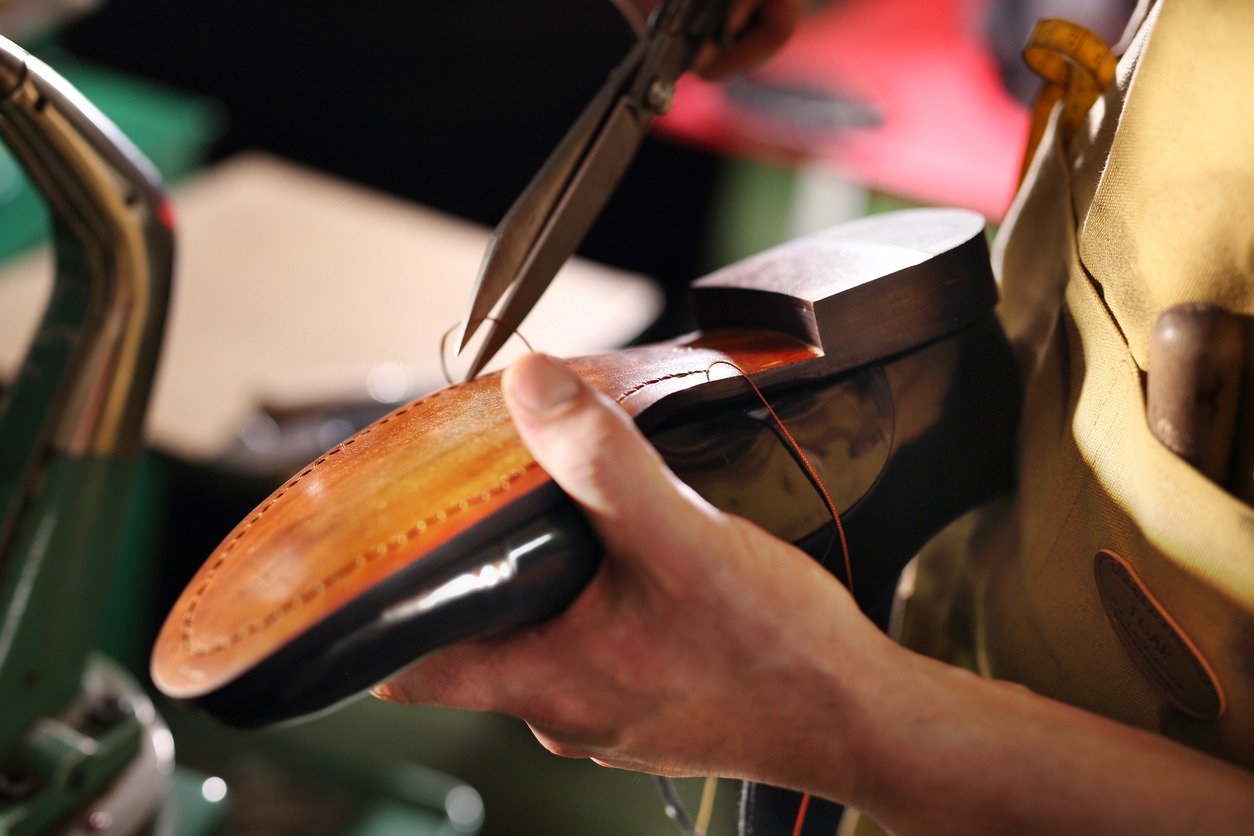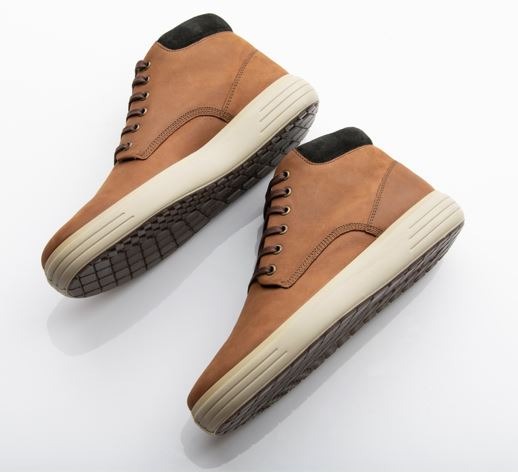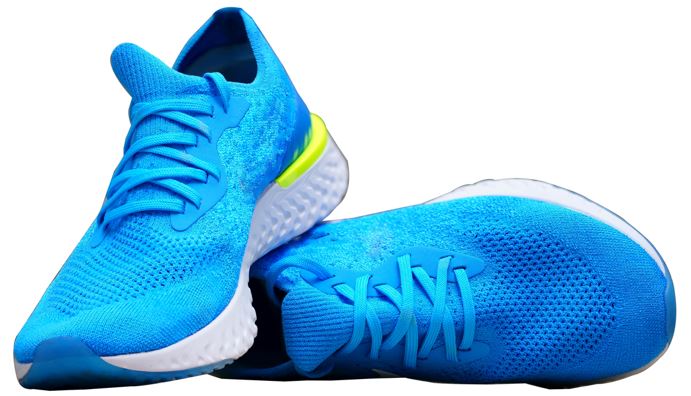Soles are a fundamental part of the shoes. They protect the bottom of the wearer’s feet and ensure they will not be in pain afterward. Wearing shoes without soles is like walking barefoot – it makes no sense to wear shoes that have no soles at all. We take the material on the bottom of our shoes for granted, but have we stopped to think about how it came to be in the first place?
There are many different shoe sole materials available out there, and it helps to know details about them to make informed decisions about materials to use for your shoes. Choosing the best materials plays a significant role in ensuring functionality, durability, and comfort.
How are Soles Made?

Shoe soles are made differently, depending on the materials used to create them. Soles are designed to be long-lasting and durable.
The first shoes were made of natural materials, so the outsoles were originally thin. American Indians used animal hides to create soft-soled moccasins. During the Middle Ages, shoes began to feature soles with hardy materials like jute and leather, a tough fiber made from plant stems. Since then, shoemaking has continued to evolve.
In the 1600s, shoe soles were almost always made out of leather, which is still the standard in leather dress shoes up to this day. Until the Industrial Revolution, shoemaking was done entirely by hand. It was time-consuming because leather soles had to be meticulously hand-stitched onto the shoes. Leather is a sturdy material, making the shoes durable, but its stiffness makes them challenging to work with. The invention of the machine revolutionized the shoemaking process.
The shoe manufacturing process that continues until today started in 1844 when Charles Goodyear successfully invented a process called vulcanization, wherein the rubber is heated in order to mix it with sulfur. The vulcanization process helped create the type of rubber used in shoe soles nowadays. Goodyear’s combination of mixing, curing, and heating lead to the rugged shoe soles we know.
Soles are made through vulcanization, and that’s how the big shoe brands like Nike, Jordan, Adidas, Yeezy, and other brands made their outsoles. The molds and processes are almost the same – it only differs in the rubber recipe. Black outsole rubber is loaded with carbon. Crystal rubber is purely 100% synthetic, while gum rubber is made of natural and synthetic rubber compounds.
Different Types of Shoe Soles
The soles of shoes are made out of one material or a combination of the two. Some types of soles offer more traction than others due to specific materials and designs. Here are some of the materials in which soles are made of:
1. Traditional sole materials
Rubber

Natural rubber has been used to make soles for a long time now. Nowadays, shoe manufacturers supplement natural rubber with synthetic rubber and various rubber compounds. Rubber soles are durable and can be worn in any weather. They are water-resistant, and they don’t get hot when the streets you’re walking on are hot.
A combination of rubber compounds for soles in rubber shoes is also ideal for use in athletic shoes , making it the most popular sole material. Rubber is also suitable for making the soles of hiking boots, winter boots, and work boots. They give boots a casual look since they are thicker than other soles. The main disadvantage of having rubber soles is they tend to crack or get thinner when worn regularly for an extended period.
Leather

Leather soles can be made of soft, thin Italian leather or thick rigid leather. There are different types of leather used to make the shoes itself. Leather-soled shoes occasionally have thin rubber additions to help protect the leather material and increase traction. Most dress shoes are made of a combination of leather and rubber, where most of the sole is made of leather, but the ball of the foot has rubber inserts.
Leather soles are heavy-duty, long-lasting, and can withstand harsh conditions as long as they are properly maintained. They are breathable and don’t make your feet sweat. It can also take up the shape of the wearer’s feet. However, they are not as comfortable and flexible as rubber, making them ideal for formal shoes.
Cork
Cork has been used in shoes since the 14th century. Cork insoles can mold to the wearer’s foot, making it both protective and comfortable. It’s a flexible material that allows the shoe to bend, making walking in cork-soled shoes more natural than walking on a rigid sole.
Wood
Wood is a traditional material made in shoemaking and still regularly used in modern shoemaking. Shoemakers use different wood varieties like walnut, poplar, maple, alder, and cherry. The lighter the wood, the better, so that the sole won’t be too hard. Shoemakers that use wood soles put a layer of rubber on the bottom for comfort to the wearer and protection to the wood.
2. Modern sole materials
Combination soles
Combination soles are made of rubber and leather. The entire sole is made of leather, but manufacturers attach some rubber to the heel and the front part of the shoe to make it durable and add more traction.
Ridgeway soles
Ridgeway soles are a variation of rubber shoes. The soles come with protruding lugs and ridge channels to give stability and traction to the wearer. Just like rubber shoes, ridgeway soles can be worn in any environment, including places with harsh weather conditions. They’re also lightweight, making them comfortable for the wearer.
Wedge soles
Wedge soles come with a wedge that gradually becomes smaller towards the end. It feels spongy, non-slippery, and has good traction. The downside with wedge soles is that they are not durable, and they can get damaged easily.
Commando soles
Commando soles are weather-resistant, thanks to their rugged profile and thick lugs that offer grip and traction. Commando soles are heavy and thick, so shoes with these soles are clunky. These are popular for work and hiking boots.
Lug soles
Camp soles are made from rubber. These soles are pretty chunky, and they offer a fantastic grip. The disadvantage it has is that they can accumulate a lot of dirt, so it needs regular cleaning. Lug soles are ideal for hiking boots and utility boots.
Camp soles
Like lug soles, camp soles are also made of rubber. They are lightweight, offer excellent grip, and are water-resistant. These soles are ideal for casual boots.
Crepe soles
Crepe soles are made from natural crepe rubber, known for their comfort and good-looking appearance. Crepe soles offer increased protection at the mid-foot, but they can be heavy. It’s also open-pore in nature, so removing any dirt and dust trapped in the soles can be hard.
PU soles

Polyurethane (PU) soles are made from an organic polymer material that’s durable, water-resistant, slip-resistant, and has shock absorption properties. These soles are ideal for safety shoes, jogging shoes, and walking shoes.
ABS soles
Acrylonitrile butadiene styrene (ABS) soles have been gaining traction recently because of their unique characteristics. They are tough, durable, increased stability, abrasion resistance, and easy molding. This is a type of plastic that does not contain harmful toxins. They are also resistant to chemicals and offer you decent electrical properties. However, ABS soles offer poor weather resistance, as they cannot withstand maximal heat or cold. These soles are not ideal for outdoor shoes.
EVA soles

Ethylene vinyl acetate (EVA) is a commonly used material for midsoles, outsoles, and even entire shoes. This material is a natural shock-absorber, and it’s why many shoe brands use them on their shoes. Additionally, they are lightweight and flexible. They also offer elasticity and excellent coloring, making it a winner for soles that expect heavy usage.
PVC soles

PVC is not just used for making pipes – they are a cost-effective and cheap alternative to leather, as they offer the same properties. PVC can be molded into different shapes, and there are plenty of styles to choose from. It’s ideal for work shoes, as it can make standing on the job for hours on end bearable – thanks to its shock-absorbing properties and additional support.
TRP soles
TRP, which stands for thermoplastic rubber, is made by molding and compounding rubber granules from solid raw materials. These soles are popular for their shock absorption properties and slip resistance. However, it tends to compromise a bit on comfort. It’s an excellent option for protecting the feet for outdoor adventures, but not when you’re standing all day on the job.
BPU soles
BPU is simply a newer and more improved form of polyurethane. It’s environmentally friendly, and they are one of the toughest soles out there. It has a low density and offers great weather resistance. Its extra toughness and resilience make them a great sole material for people who spend most of their time outdoors.
The post How are the Soles of Shoes Made? first appeared on thedailyvogue.com.








